Nationality Czech Children Berenika Saudkova Parents Gustav Saudek | Name Kaja Saudek Siblings Jan Saudek | |
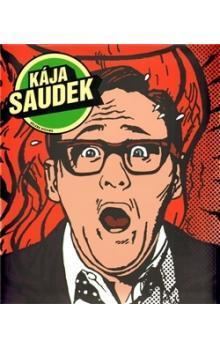 | ||
Nieces Marie Havlenova Saudkova, Karolina Havlenova, Anna Marie Saudkova Similar People Jan Saudek, Berenika Saudkova, Sara Saudkova | ||
K ja saudek 2000 1 3
Kája Saudek (born Karel Saudek, 13 May 1935 – 26 June 2015) was a Czech comics illustrator. He was one of the most important exponents of the Czech comics since the late 1960s. He was the twin brother of the photographer and painter Jan Saudek.
Contents
K ja saudek
Biography
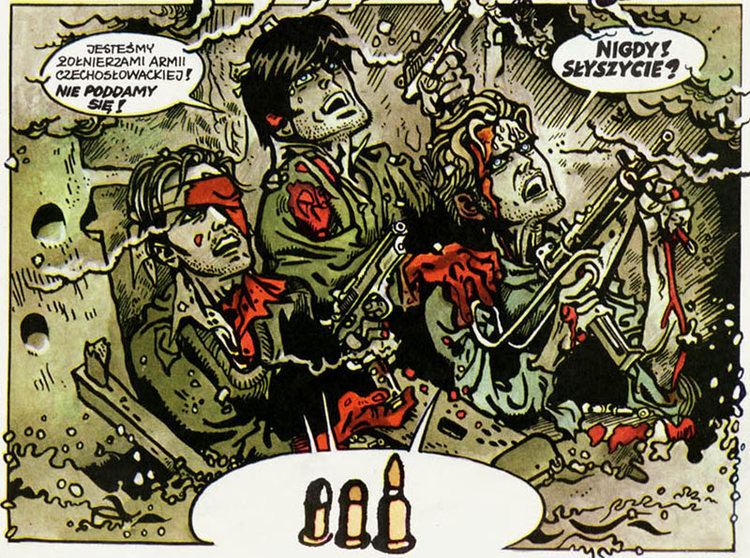
His father Gustav Saudek was a Jew, and the family was persecuted by Germans during World War II. Kája and his brother Jan were imprisoned in the Nazi concentration camp Luža in Poland. Many of his family members died in the Theresienstadt concentration camp, but both brothers and their father survived the imprisonment and came back to Prague.
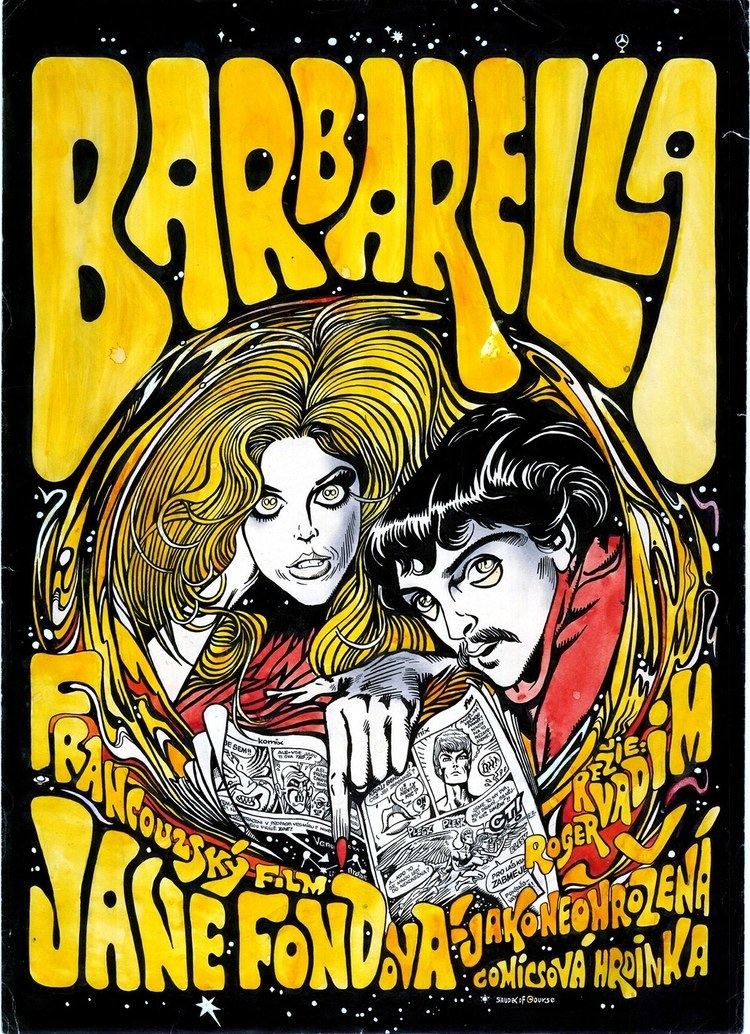
Saudek became familiar with the American comics in his early years. He was inspired mainly by the works of Walt Disney and later he was influenced also by Robert Crumb and Richard Corben. He became a technical writer and in 1950s worked as a scene-shifter at the Barrandov Film Studios. In 1966, the film director Miloš Macourek used some of his drawings in the film Kdo chce zabít Jessii? (Who Wants to Kill Jessie?) and Saudek's works gradually became more popular in the Czechoslovakia. In the 1960s he created comics drawings for the magazine Popmusic Express (Underground Com-comix), as well as illustrations to the scripts by Jaroslav Foglar, Ondřej Neff and others. In 1969 he published a part of the comic series Muriel a andělé (Muriel and Angels). The album depicts the story of a young physician Muriel, who meets an angel Ro, coming from a distant future. Ro attempts to introduce her to a world without hate, evil people and death. The communist censorship considered the story potentially dangerous and banned its publishing. Saudek's style was considered as too "American", some of his critics labelled his work as an example of bourgeois kitsch. The complete cycle was published later, in 1991. The actress Olga Schoberová served as a model for Muriel and Saudek's brother Jan was depicted as the main negative character, general Xeron. In 1971 he contributed to the film Čtyři vraždy stačí, drahoušku (Four Murders is enough, Honey) with his drawings.
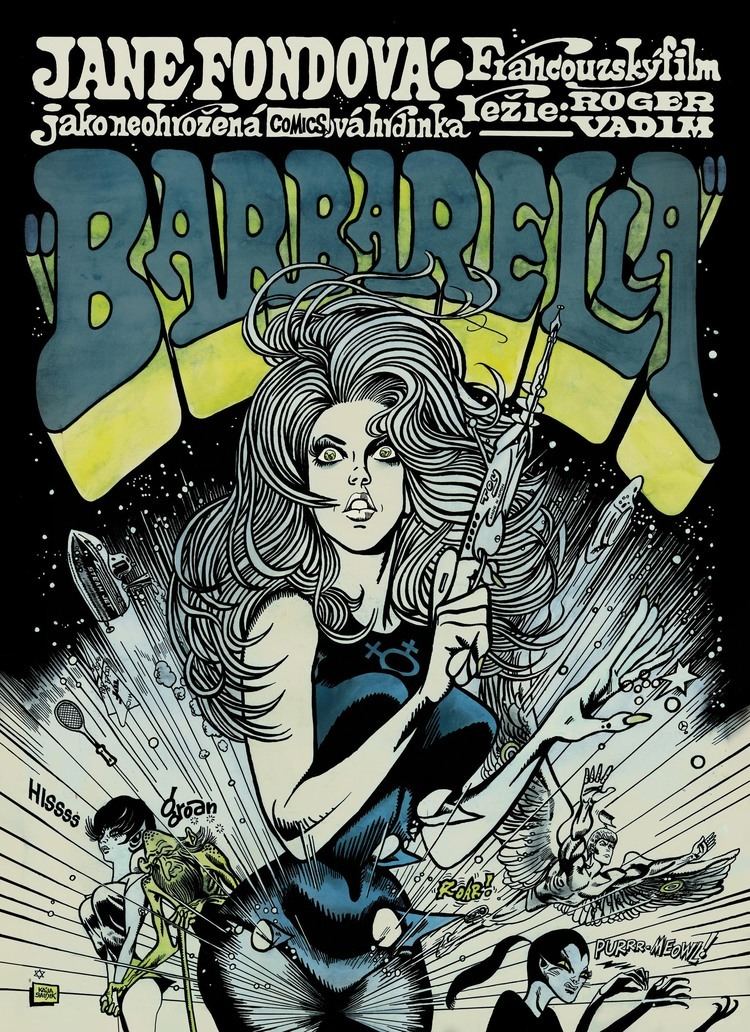
At the beginning of the 1970s, Saudek made his living as an illustrator for the Czechoslovak magazine Mladý svět. His series Lips Tullian, inspired by adventurous stories from 19th century, was banned by censorship. Saudek's collaboration with the popular magazine became more troublesome for the official communist critique; it was gradually restricted and in the middle of the 1970s it was completely banned. From 1976 to 1978, he has created a comics series to the theme of Thirty Cases of Major Zeman, a popular Czechoslovak action-drama television series. The original TV series was intended as a political propaganda to support the official attitude of communists. Saudek's work didn't correspond with the original intention of the series and was refused by the Ministry of Interior. The album was published in 1999 under the title Major Zeman and Six of His Cases.
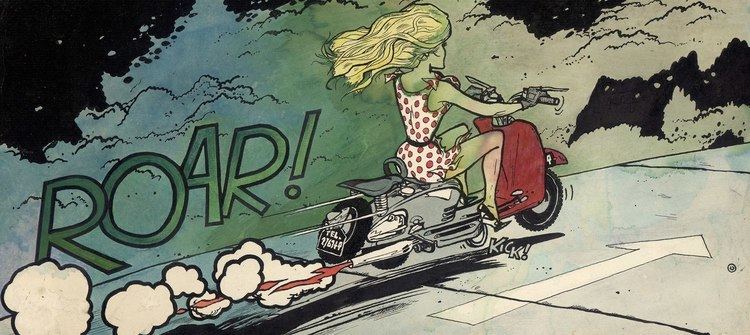
In 1979, Saudek began his collaboration with the Czech Speleological Society, the Society enabled him to publish several comics series in the following decade. In the 1980s he also co-created a popular TV series Okna vesmíru dokořán, together with Vladimír Železný and Jiří Grygar. The series was produced by the Slovak Television.
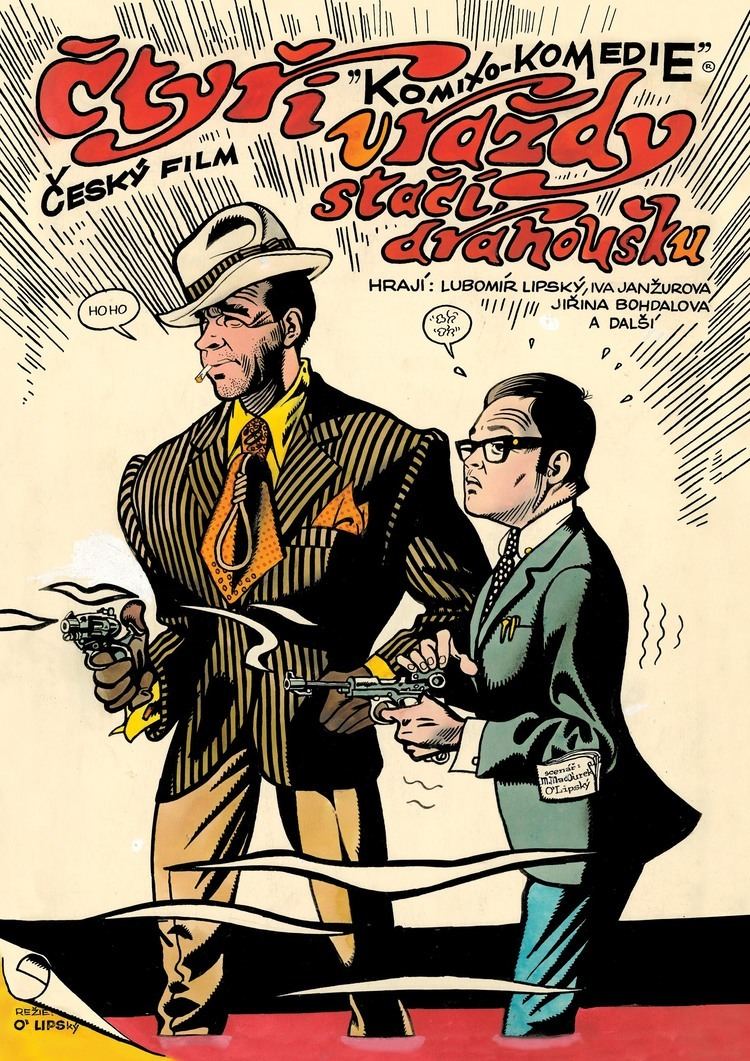
Many of his works were republished at the beginning of the 1990s, following the fall of communist regime in Czechoslovakia. He cooperated with the comics journal Kometa (The Comet) and also with the erotic magazine NEI Report.

Saudek continued his work, however in April 2006 he suffered an accident which resulted in the coma. He was hospitalised in the Prague hospital Motol, and died on 26 June 2015.
In September 2009, three of his works appeared in the top five of the Czech comics in the poll organized by the newspaper Mladá fronta DNES.
Film
Comics
Selected exhibitions
Saudek exhibited his works at more than 300 single exhibitions in the Czechoslovakia and abroad. His drawings are included in the significant Czech art collections (i. e. Moravian Gallery in Brno).
